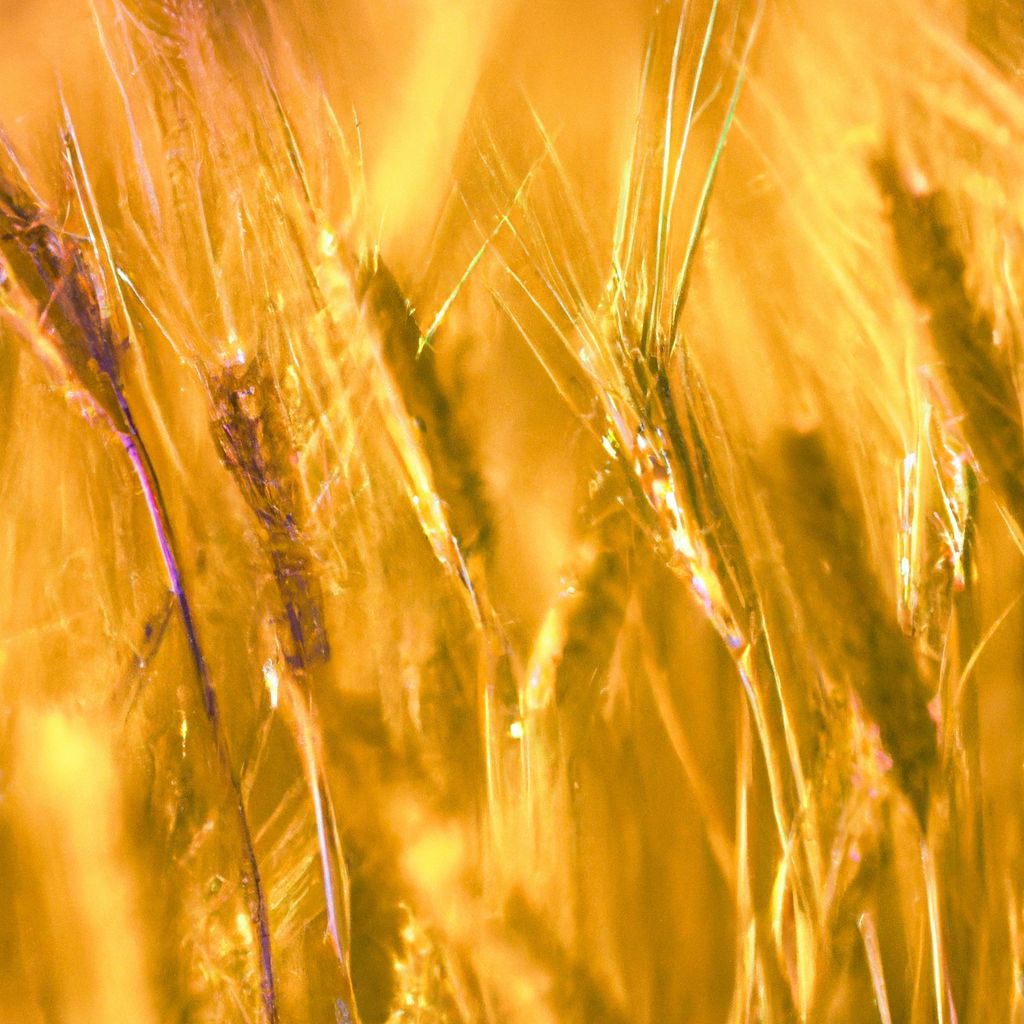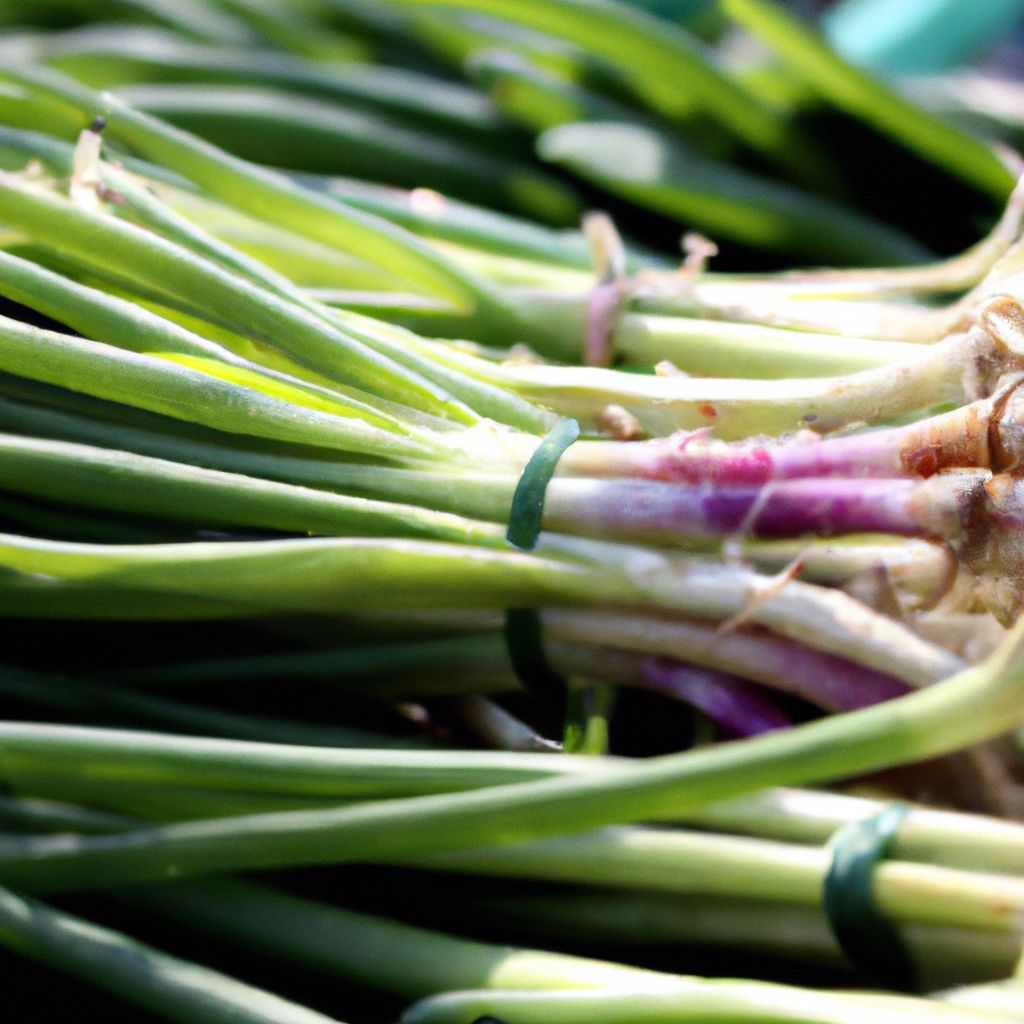Barley is one of the most versatile cereal grains that can be easily grown at home for a variety of uses. From brewing beer to cooking nutritious meals, the benefits and applications of homegrown barley are abundant. This comprehensive guide will provide you with everything you need to know to start your own barley farming venture right in your backyard.
Why Grow Barley at Home?
Cultivating barley at home offers numerous advantages over purchasing commercially grown varieties. You have full control over the quality and purity of the grain you produce. Homegrown barley eliminates the need for pesticides or other chemicals used in large-scale production. It also provides a cost-effective and sustainable source of barley that reduces your carbon footprint. Additionally, the satisfaction of watching your own barley plants thrive can be deeply rewarding.
Barley is one of the earliest domesticated cereal crops, cultivated by humans for thousands of years. By growing barley yourself, you can connect with this agricultural tradition and reap the versatile benefits of this incredible grain.
Getting Started with Barley Farming
To embark on your barley farming journey, the first steps involve selecting the right variety for your needs and preparing your soil accordingly.

Choosing the Right Barley Variety
With malting, feed, and hulless varieties to consider, pay close attention to growth time, yield potential and intended use when selecting barley types.
- Malting barley is ideal for home brewing, while feed barley offers higher yields for animal consumption. Hulless barley has lower yields but is perfect for cooking.
Here is a helpful table summarizing some key characteristics of common barley varieties:
| Variety | Growth Time | Yield | Uses |
|---|---|---|---|
| Malting Barley | 90-100 days | Average yield of 2-3 tons per acre | Used in brewing industry |
| Feed Barley | 70-90 days | Higher yield of 3-4 tons per acre | Used as animal feed |
| Hulless Barley | 80-100 days | Lower yield of 1.5-2 tons per acre | Used for human consumption, particularly in porridge or soups |
Choosing the right barley variety is essential for your home farming success. The type of barley you select will depend on factors such as the purpose of your cultivation, the time available for growth, and the desired yield. Malting barley, with a growth time of 90-100 days and an average yield of 2-3 tons per acre, is ideal for those interested in brewing their own beer. Feed barley, with a shorter growth time of 70-90 days and a higher yield of 3-4 tons per acre, is perfect for those looking to use barley as animal feed. Hulless barley, on the other hand, has a longer growth time of 80-100 days and a lower yield of 1.5-2 tons per acre, but it is great for human consumption, particularly in dishes like porridge or soups.
Remember, choosing the appropriate barley variety aligned with your intended use and needs is key to achieving success in your home barley farming endeavors. Do your research and select the right type of barley for your goals.
Preparing the Soil for Barley Farming
Proper soil preparation is vital for barley farming success. To create optimal growing conditions, follow these key steps:
- Test the soil – Conduct a soil test to determine its pH level, nutrient content, and composition. This will identify any deficiencies needing correction.
- Clear the land – Remove any weeds, rocks, or debris from the planting area. This facilitates clean and suitable planting.
- Break up the soil – Use a tiller or plow to loosen compacted soil. This improves drainage and aeration for better root development.
- Amend the soil – Based on soil test results, incorporate organic matter, compost or fertilizers to enrich nutrient levels. Follow recommended application rates.
- Level the soil – Use a rake or roller to create an even surface. This enables uniform planting depth and germination.
- Ensure proper drainage – Barley requires well-drained soil to thrive. Install drainage if needed.
Following these important steps sets up the optimal soil environment for your barley to establish strong roots and grow successfully. Investing the effort into proper soil preparation pays off with healthy plants and bountiful harvests. Don’t cut corners here – quality soil makes all the difference!

Planting and Growing Barley
Once your soil is primed for planting, it’s time to sow those barley seeds! In this section, we’ll explore ideal growing conditions, sowing techniques and caring for your barley plants from seed to harvest.
Optimal Growing Conditions for Barley
To provide the best chances for thriving barley growth, aim for these optimal conditions:
- Full sun – Barley needs a minimum of 6-8 hours of direct sunlight per day.
- Cool temperatures – The ideal temperature range is 45°F to 75°F (7°C- 24°C).
- Well-drained loamy soil – Barley thrives in loamy soil with good drainage and a pH of 6-7.
- Adequate moisture – Regular watering is crucial, especially during dry periods, but avoid waterlogged soil.
- Good air circulation – Allow proper space between plants to prevent fungal disease growth.
- Early spring or fall planting – Time planting based on your climate and first/last frost dates.
Ensuring these ideal conditions are met will set your barley up for success! Monitor and make any adjustments needed along the way.
Sowing Barley Seeds
Follow this step-by-step guide when sowing your barley seeds:
- Select a sunny location with maximum light exposure. Barley requires full sun.
- Prepare the soil by raking smooth, removing debris, and mixing in any needed amendments.
- Sow seeds 1-2 inches deep in the soil. Barley has a shallow root system.
- Space rows 6-7 inches apart to allow sufficient room for growth and development.
- Space seeds 4-6 inches apart within each row to avoid overcrowding.
- Water thoroughly after planting to kickstart germination. Keep soil moist but not soaked.
- Apply a balanced starter fertilizer to give seedlings an extra nutrient boost.
- Monitor and adjust spacing if some seeds fail to germinate.
Following proper planting techniques will lead to successful germination and growth of your barley crop.
Caring for Barley Plants
Once your barley is planted, be diligent about providing proper care all season long:
- Water regularly – Barley has a shallow root system and needs consistent moisture. Water when soil dries out.
- Weed control – Weeds compete for nutrients and water, so remove them promptly.
- Fertilize – Apply balanced fertilizer according to soil test recommendations.
- Pest monitoring – Scout for aphids, army worms and other potential pests.
- Disease prevention – Avoid excess moisture and overcrowding, which encourage diseases.
- Extreme weather protection – Use row covers to protect against frost, wind damage or intense heat if needed.
- Pruning – Remove any damaged foliage to optimize plant health.
Providing attentive care while your barley matures will maximize your potential for an abundant harvest!

Harvesting and Processing Barley
After months of growth and care from seed to harvest, it’s time to reap the rewards! Harvesting and processing barley involves identifying maturity, efficient harvesting techniques, drying, threshing, winnowing and storage.
Signs of Barley Maturity
Look for these signs that your barley is mature and ready for harvest:
- Kernel color – Turns from green to beige or light golden brown when ripe.
- Kernel composition – Kernels will appear plump and firm when squeezed.
- Moisture content – The ideal moisture level is 14-18% at harvest. Use a meter to test.
- Dry, brittle stems – Straw turns yellow and is dry when mature.
- Nodding heads – Heads droop down when grains are fully developed.
Proper timing is critical – harvested too soon, kernels won’t be fully developed. Harvest too late and seeds may detach from the heads.
Harvesting Barley
Follow these guidelines for optimal barley harvest:
- Use proper harvesting tools – Options include sickles, scythes, or adjusted combines.
- Prevent shattering – Handle heads gently to avoid seed detachment.
- Harvest when dry – Avoid harvesting when plants are wet to minimize seed damage.
- Adjust combine settings – Use low ground speed and proper reel height.
- Monitor maturity – Test grain moisture. Ideal is 14-15% for easiest threshing.
- Thresh carefully – Separate grains from straw by flailing or stomping gently.
Minimize losses by harvesting at the ideal stage of maturity and handling gently throughout the process.
Drying and Storing Barley
After harvest, additional drying and proper storage are key to preserving your barley:
- Dry sheaves thoroughly – Allow harvested bundles to dry fully before threshing.
- Further dry grains – Spread threshed grains in a thin layer until 12% moisture content.
- Winnow – Use airflow to remove remaining chaff or impurities after threshing.
- Store in airtight containers – Use moisture-proof bags, jars, or buckets.
- Store in cool, dark place – Optimal storage temperature is 60°F or below.
- Monitor for pests – Check periodically for any signs of insects.
With adequate drying and appropriate storage methods, your harvested barley can last for months while maintaining top quality!

Troubleshooting Common Barley Farming Challenges
While a rewarding endeavor, barley farming does come with its share of potential challenges. Here are some troubleshooting tips for common issues.
Pest and Disease Management
Preventing and managing pests and diseases is critical. Here are key strategies to implement:
- Scout vigilantly and address any issues immediately. Look for wilting, discoloration, unusual spots or other signs of problems.
- Utilize integrated pest management techniques like intercropping, crop rotation, and attracting beneficial predators.
- Remove and destroy severely infected/infested plants quickly to prevent spreading.
- Apply organic-approved treatments like neem oil, Bacillus thuringiensis, or natural fungicides if needed. Always follow label instructions carefully.
- Optimize growing conditions and plant vigor to make barley less susceptible to pests and diseases.
- Remove any weeds promptly, as they can harbor pests.
- Stay educated on the latest research and best practices for your region.
Catching issues early and using responsible, integrated methods will help safeguard your barley crop.
Common Barley Plant Deficiencies
If your plants show stunted growth, discoloration, or other abnormalities, nutrient deficiencies may be the culprit.
Nitrogen deficiency causes overall yellowing, especially on lower leaves. Supplement with a nitrogen-rich fertilizer.
Phosphorus deficient plants have reddish or purplish leaves and stunted development. Add phosphorus-based fertilizer.
Potassium deficiency manifests as brown leaf tips and margins. A potassium supplement is needed.
Iron deficiency leads to interveinal chlorosis and sometimes lesion-like spots. Chelate supplements can correct iron deficiencies.
Zinc deficiency causes stunted plants and twisted leaf growth. Apply zinc sulfate to remedy.
There are other micronutrient deficiencies that may emerge as well. Take notice of visual symptoms, test soil annually, and amend your soil as needed to prevent deficiencies and nourish your barley for maximum health.

Utilizing Your Homegrown Barley Bounty
Once your barley is harvested, drying, processed and stored, it’s time to enjoy the fruits of your labor. From malting to cooking and more, there are limitless options for using your homegrown barley.
Malting Barley for Brewing
Looking to brew your own beer or whiskey using malted barley? Here are some tips:
- Select a barley variety recommended for malting like Metcalfe or Conrad. Consult with a homebrew supplier.
- Ensure barley is harvested at the ideal time for maximum starch content.
- Follow best practices for germination duration, temperature and humidity when malting.
- Kiln roasted barley provides color and richer flavor for certain beer styles like stouts.
- Malted barley must be milled into grist before brewing to extract the fermentable sugars.
- Consider experimenting with barley-wheat blends for a unique flavor profile.
With high quality homegrown malting barley, you can create your own incredible brews!
Barley Flour for Baking & Cooking
Incorporate nutritious barley flour into your kitchen creations:
- Substitute up to 30% barley flour in place of wheat flour in recipes for bread, muffins, pancakes, cookies and more.
- Add cooked whole grain barley to soups, stews, casseroles and salads for texture and nutrition.
- For a new twist on risotto, prepare it using pearled barley instead of arborio rice.
- Barley flakes make a hearty and healthy breakfast porridge option. Customize with fruits, nuts and spices.
- Ground barley can be used as a thickener for gravies, sauces and stews. It adds great flavor too.
With its mild flavor and nutritional perks like fiber, barley is a stellar ingredient to cook with.
More Uses for Versatile Barley
Beyond malting and cooking, consider these other applications:
- Cover crop – Plant barley as an off-season ground cover to suppress weeds, reduce erosion, and add organic matter to soil.
- Livestock feed – Barley provides an excellent source of energy and nutrients for cattle, pigs, poultry and other livestock.
- Pet food – Incorporate barley into homemade dog or cat food for an added dietary boost.
- Crafts – Create wreaths, centerpieces or other decorative items combining barley with dried flowers or other elements.
- Skin care – Use barley powder in homemade facial scrubs, masks and bath soaks for soft, smooth skin.
- Health and wellness – Barley grass juice powder is prized for its antioxidant content. Barley water soothes digestive issues.
Don’t let any of your precious homegrown barley go to waste – there are endless ways to use it!
Growing Barley: An Accessible Farming Journey
We hope this comprehensive guide has equipped you with everything needed to embark on your own backyard barley farming adventure. With the proper soil preparation, care and maintenance from planting to post-harvest, it is absolutely feasible for a beginner gardener to cultivate barley successfully. The satisfaction of sowing those very first seeds, watching your emerald green shoots emerge, and eventually harvesting the golden bounty of plump barley grains is incredibly rewarding. Not only does homegrown barley provide you with a versatile, sustainable ingredient, it enables you to reconnect with agricultural tradition spanning millennia. So grab your gardening gloves and get growing! Your barley bonanza awaits.















































